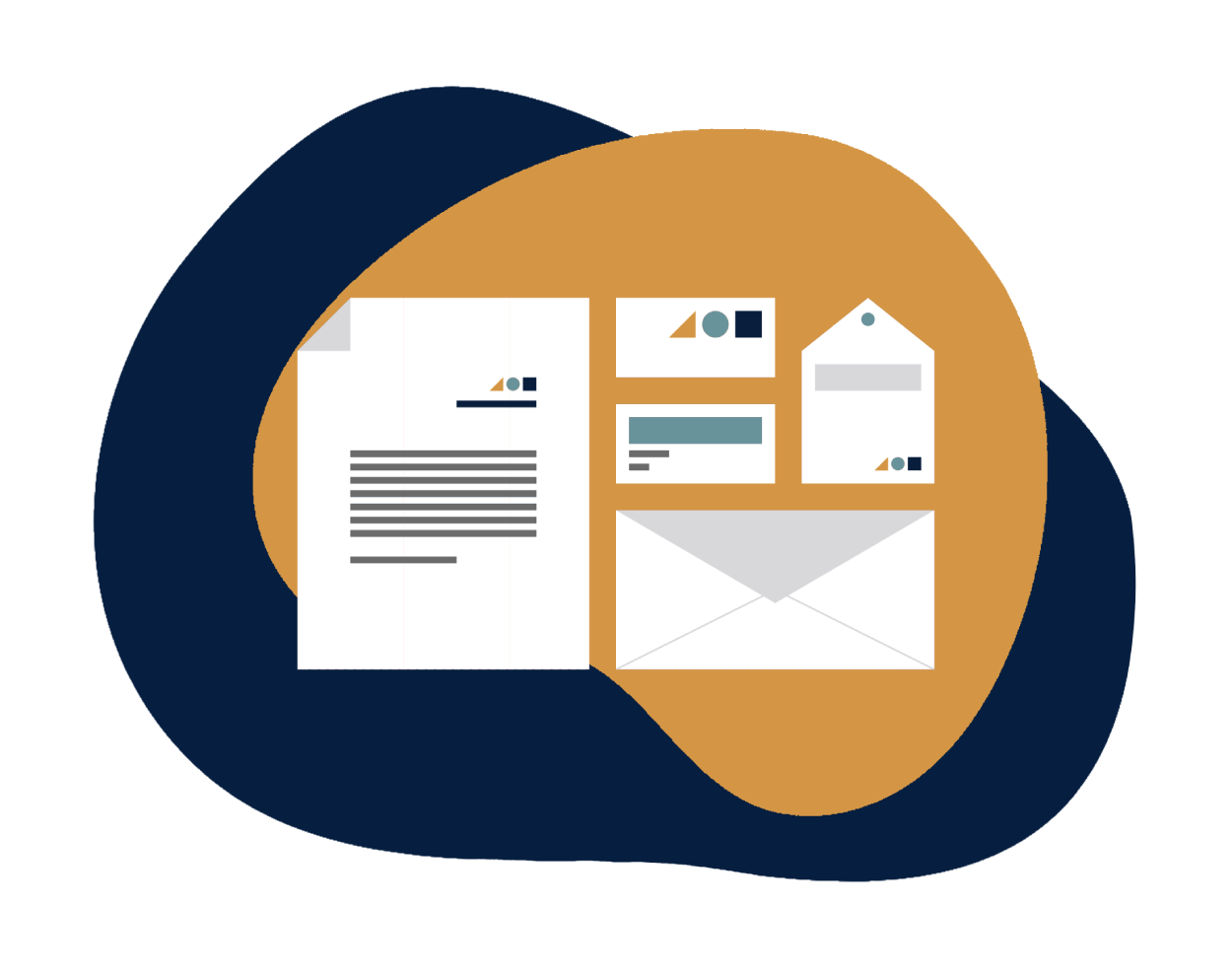 Whether you are building a website for the first time or working on your hundredth site, it’s important to follow best practices. As creators design, develop, and write for new websites, they focus on the main content and eye-catching page layouts. However, they can fall victim to a few common mistakes that entrap many website creators.
Whether you are building a website for the first time or working on your hundredth site, it’s important to follow best practices. As creators design, develop, and write for new websites, they focus on the main content and eye-catching page layouts. However, they can fall victim to a few common mistakes that entrap many website creators.
Here are 5 mistakes that website builders tend to make:
1. You Make It Too Complex
When creating a new website, it’s important to find the balance between complex and simple designs. New businesses often sway too far to the complex side and present an interface that fails to meet consumers’ demands. Users want an easy experience and to find what they are looking for quickly. You should focus on clearly displaying your offerings and your contact information without overcomplicating the user interface.
What are some examples of complex designs?
All in all, complexity can present itself in many ways. While it’s easy to spot a page that is obviously trying too hard, there are times when designs follow best practices and are still not user-friendly. For example, you want your hero to show your offerings and the reason customers should be drawn to you; but, a hero that shows five different services with multiple descriptions may overwhelm potential customers. Instead, you can strategically utilize whitespace to draw readers to specific text or images without putting too much on the page. Ultimately, you need to remember that your readers can only process so much at once. Keeping your layout efficient while still eye-catching will lead to more reader retention and higher conversion rates.
2. You Overlook SEO
Organic search is the most common way of accessing sites. Search engines want to give users the most up-to-date and accurate information, so providing consistent, useful content is crucial for developing a trustworthy brand. From a consumer outlook, you are building your credibility by displaying your expertise. Most importantly, your efforts are quantifiable and relatively cheap compared to other ways to boost traffic.
Many new brands turn to paid ads before optimizing their own pages. Even though ads play a role in driving traffic, any user who clicks on an ad will leave quickly if they do not have additional content to access. Before you spend money on advertising your offerings, make sure your customers can find the information they need on your site.
3. You Ignore Call-to-Actions
Users need direction on your site. Without knowing where to go, they will leave without giving you any information or exploring other pages. Many businesses use their top navigation effectively, but overlook the importance of the other ways they can guide consumers.
Strategically placed call-to-actions can push users to make the decisions that you want them to.
You should build a pathway for readers by using call-to-actions and internal linking. Both of these tools encourage your users to explore the pages that you specifically want them to see as well as convince them to stay on your website for a longer period of time. Meaningful text within your CTAs is equally important. If you constantly use terms like “learn more,” your reader may become accustomed to the phrase and begin to scan past the CTA.
Whether it’s to contact you, make a purchase, or read more, you can use these approaches to increase user duration on the site and decrease your bounce rate.
4. You Ignore Mobile Users
With more than 50% of web traffic coming from mobile devices, it’s important to have a mobile-friendly, responsive website. Research has shown that mobile devices also produce higher bounce rates compared to desktops, so it’s crucial that your design retains users. If they cannot get their information easily, they will leave your site.
Does this mean you simply need to resize your desktop layout to fit on a phone? Not necessarily. While it is ideal to keep your branding and structure consistent as you transition from desktop to mobile, you don’t necessarily need to bring all design elements to each screen size. If an image will not be clear on a smaller screen or if one of your modules is not adaptive, then you can adjust your layout as needed. Your goal should be to create a seamless experience that still covers the necessities while being able to adapt to the different platforms consumers may use.
5. You Wait to Secure Your Site
Most browsers warn users of unsecured sites, as hackers or misleading organizations can collect your data from unprotected sites. Installing an SSL certificate is a simple solution to protect yourself and your users. Search engines will also ignore sites that aren’t secured, because they do not want to put their users in harm’s way either. Securing your site will give you a fair chance at retaining traffic and ensure your users feel comfortable on your site.
Launching a new website is one of the most exciting things you can do for marketing your products or services. By avoiding common mistakes, you can create a digital experience that draws in new customers and drives your business forward.

 Explore Our Branding Services
Explore Our Branding Services Get Started with a New Website Design
Get Started with a New Website Design